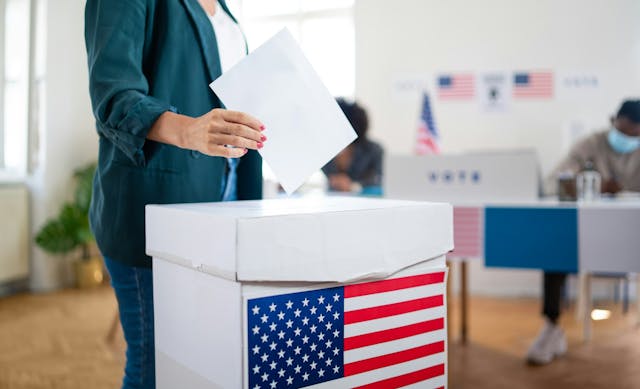Why an Online Election Can Work Pt. 3

Mid-term elections are especially unique because voter turnout numbers tend to be much different than those during presidential elections. This year we are seeing low turnout in the primary elections and it's likely that more registered voters will refuse to vote instead of participating. Let's take a step back from the current presidential election and look at the most recent mid-term elections. These will give us a better gauge of participating when thinking about why an online election would be superior.
The 2010 mid-term election presented interesting issues as the House flipped to Republican control during a Democratic presidency. Congress’ approval rating at the time set a record for an all-time low at 13%. Although the country was upset with the status quo, the average voter still did not show up at the polls. Only 41.7% of eligible voters participated in the election.
In the 2006 mid-term election, 207,643,594 people were eligible to vote. This does not assume that all eligible voters were registered to vote, only that they fulfilled the statutory requirements to participate in an election in their state. On Election Day, 85,769,132 voters cast a ballot. Comparing the ballots cast to eligible voters reveals only a 41.3% nationwide turnout rate. In the 2002, the nationwide turnout rate for eligible voters was 40.5%.
Comparing 2010, 2006, and 2002 Election Numbers
The difference between the three is slight in percentage, but approximately 10 million more people at the polls over the course of 8 years. There are several guesses we could make about the stability between turnout percentages in the mid-term elections. One would be that many of the same type of voters show up regardless of what type of election is taking place. These include the politically motivated, informed, and high propensity voters. Another assumption would be that the voting base is about 40% of the population.


